[tube]anwy2MPT5RE[/tube]
Of late it seems that the wave of musical reunions has threatened to submerge us all under a tsunami of nostalgia — Blondie, Fleetwood Mac, Madness, Kid Creole (and the Coconuts), The Eagles to name but a few. Some, we would rather not have — can anyone say Spice Girls? Hollywood certainly has had a hand in this wave of nostalgia, with a firm eye on box office cash — War of the Worlds, Dracula, Ocean’s Eleven, Charlie and the Chocolate Factory. And, of course, we have witnessed no end of updated remakes of, or soon to be rebooted, once classic TV shows from the last fifty years — Roots, Tales from the Darkside, Fame, Charlie’s Angels, Hawaii Five-O, Rockford Files and even Dukes of Hazzard.
However, none can possibly compare with the imminent reunion of the most revered act in British comedy — Monty Python’s Flying Circus. Brits the world over are having heart palpitations at the prospect of the five remaining pythons reforming on stage in the summer of 2014. Hold the spam, though. Shows are only currently scheduled for London.
From the Telegraph:
The five remaining members of Monty Python and I are sitting in a silver Mercedes. We’re driving away from the press conference where they have just announced their reunion. Opposite me are Eric Idle and the two Terrys, Gilliam and Jones. I’m squashed up next to Michael Palin and John Cleese.
It’s been “an awful long time”, says Gilliam, since they’ve been together in the same vehicle. Do they feel like rock stars on tour? “We don’t know what that would be like,” says Cleese. “I do,” Palin says. “It’s just having people wanting to tear your clothes off, John.” Cleese is having none of it: “This is very tame in comparison…”
Idle suggests the five men could almost pass as “the geriatric version” of The Beatles in A Hard Day’s
Night, “where we’re not being pursued by anybody. We’re very old and we just long to go to bed and have a sleep.” But they’re clearly having a good time. “Better than being home alone,” as Gilliam puts it.
The Pythons’ announcement, that next summer they will perform together on stage for the first time in 24 years, was filmed by 27 camera crews and transmitted live around the world, generating a wave of both excitement and nostalgia. Gilliam’s wife of 40 years, Maggie, was watching the press conference from the departure lounge of an airport in France, in tears. She was moved, jokes Gilliam, by the sight of “five old farts… about to step into the abyss”. Idle’s wife, Tania, tuned in from their home in Los Angeles. “She was enjoying it,” he says. “She thought we looked good.” Gilliam smiles, “You’ve got a better wife than I do, then.”
“How many of us are married to Catholics?” asks Cleese. Only he is, as it turns out. “Your latest one’s a Catholic?” asks Idle. “The last few years I’ve had a lot of Catholic girlfriends,” Cleese replies. “About four in a row.” He married Jennifer Wade, his fourth wife, last year in the West Indies. “By an umpire,” jokes Idle. “I declare this marriage LBW,” Palin joins in. “Leg Before Wife,” says Gilliam.
When I ask whether they ever have political discussions, the laughter stops briefly. “We’re so disillusioned now that we have nothing to disagree about,” says Cleese. Gilliam launches into a monologue about politics giving way to corporate power. “Gilliam, shut up!” says Cleese. “Not much of a discussion,” Palin observes. “It was a rant, Terry,” says Idle. “The discussion follows the rant,” replies Gilliam.
It’s 44 years since the first episode of Monty Python’s Flying Circus was shown on BBC One late one evening, changing comedy history for ever. It’s 24 years since the sixth member of the gang, Graham Chapman, died of cancer. Today, the surviving five boast a combined age of 358, yet they still make each other laugh. “The worst thing,” says Gilliam, who is now 73 years old, “is on the bus or Tube when a girl in her twenties offers you her seat. It’s so depressing.” “I thought that was called twerking,” says Idle instantly. “And you thought I was dead!”
In the days before the reunion, as anticipation grew, one national newspaper characterised the group as the “poisonous Pythons”, portraying Cleese and Idle as being at the centre of the acrimony. Before our car journey, when I have some time alone with each of the Pythons, Cleese bats away that paper’s suggestion that the five of them are in a permanent state of war, insisting that he needed no persuasion to sign up for the comeback. “It’s not very time-consuming and we’ve always enjoyed each other’s company,” he says, “which doesn’t mean we don’t argue and disagree about things. We do all the time.”
Cleese left the Flying Circus after the third series ended in 1973; the others carried on for a fourth half series the following year. What made him leave before the end? “I felt that Python had taken my life over and I wanted to be able to do other things,” he says. “I wanted to be part of the group, I didn’t want to be married to them – because that’s what it felt like. I began to lose any kind of control over my life and I was not forceful enough in saying no.”
What’s more, he says, “the Pythons didn’t really hear my objection when I said I was not happy about one or two aspects of the show. It was like, ‘Cleese is on some strange trip of his own’ and they never listened. We never really communicated. And I also had the burden of working with Chapman during his alcoholic phase when no one else would work with him. So my writing consisted of sitting with someone who couldn’t remember in the afternoon what we had written in the morning.” Cleese did return for the Monty Python films, however, including Life of Brian in 1979, but they involved far less of a time commitment.
There will be those who say that the reason Cleese and the others are regrouping now can be summarised in one word: money. Certainly Jones did little to dispel that idea when he declared before the press conference, “I hope it makes us a lot of money. I hope to be able to pay off my mortgage.” But when I ask him now, he offers a different explanation: the Pythons enjoy working together. Idle also identifies “fun” as the main motivation behind the reunion. “I couldn’t really believe it. We sort of agreed in August,” he says, though he worried that the others might change their minds. “But no, everybody’s getting more and more into it.”
Idle, Palin and Jones appeared together in public at the start of this year to give evidence in court after Mark Forstater, the producer of Monty Python and the Holy Grail, sued for a share of profits from the spin-off stage musical Spamalot. Forstater won the case and Idle says the group have also had to pay lawyers $1million over the past year and a half. “We’ve had to deal with all this… Somebody said, ‘Oh God let’s do something funny.’”
Read the entire article here.
Video: Spam. Courtesy of Monty Python’s Flying Circus / BBC.






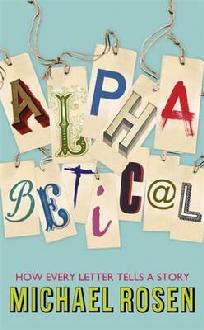
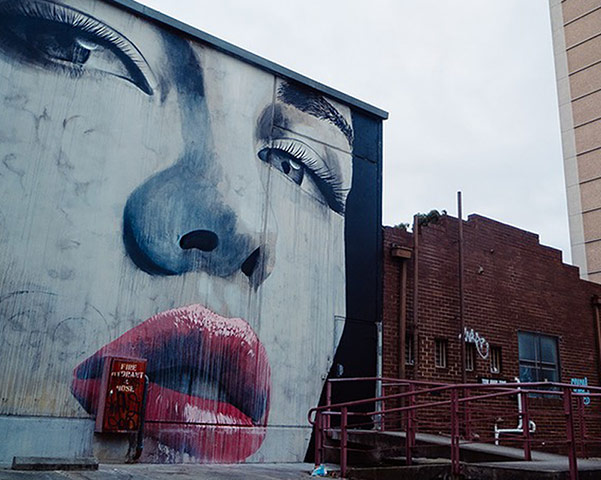


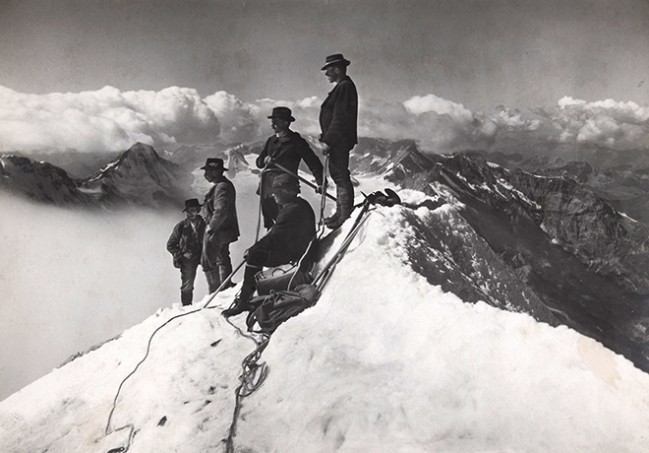

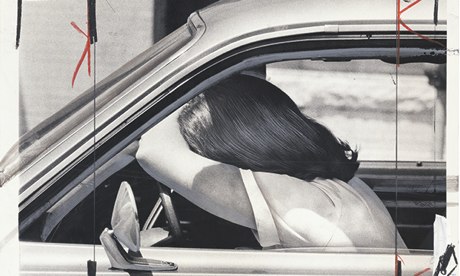

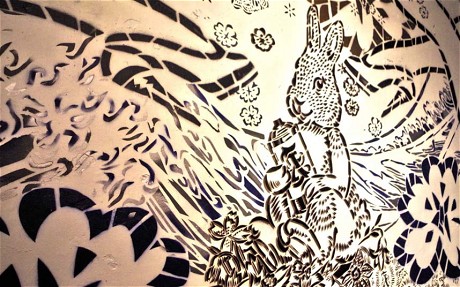

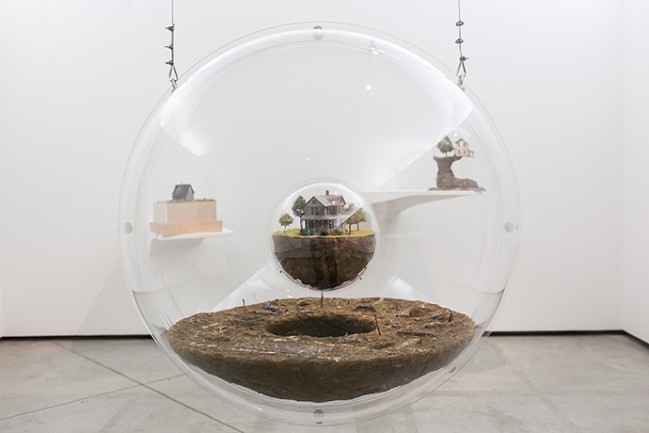
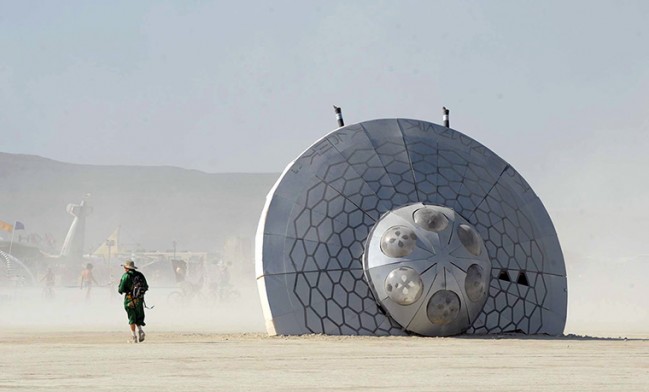
 Seamus Heaney, poet, Nobel Laureate and above all observer of the Irish condition passed away last week.
Seamus Heaney, poet, Nobel Laureate and above all observer of the Irish condition passed away last week. Enough is enough! Our favorite wordsmiths must call a halt right now. First we lost Chris Hitchens, soon followed by Iain Banks. And now, poet extraordinaire, Seamus Heaney.
Enough is enough! Our favorite wordsmiths must call a halt right now. First we lost Chris Hitchens, soon followed by Iain Banks. And now, poet extraordinaire, Seamus Heaney.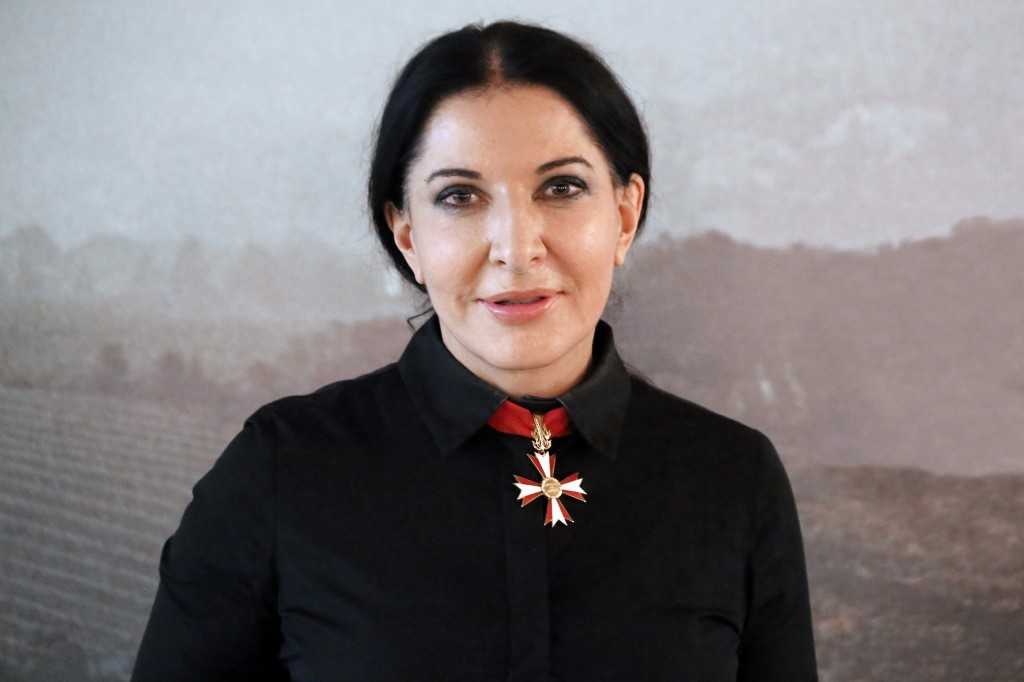

 The majority of us can identify with the awkward and self-conscious years of adolescence. And, interestingly enough many of us emerge to the other side.
The majority of us can identify with the awkward and self-conscious years of adolescence. And, interestingly enough many of us emerge to the other side.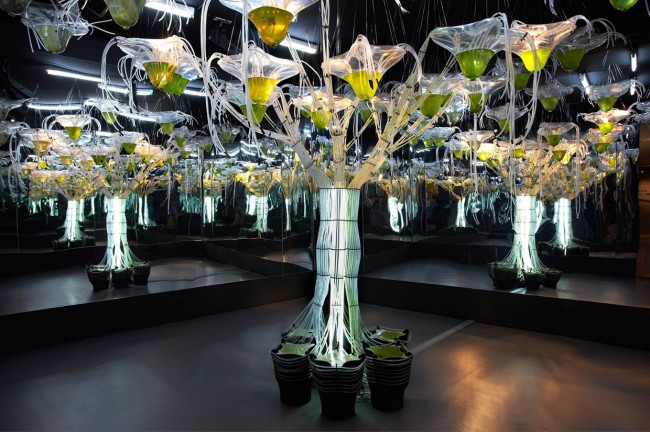


 Do you prefer the Beatles to Beethoven? Do you prefer Rembrandt over the Sunday comics or the latest Marvel? Do you read Patterson or Proust? Gary Gutting professor of philosophy argues that the distinguishing value of aesthetics must drive us to appreciate fine art over popular work. So, you had better dust off those volumes of Shakespeare.
Do you prefer the Beatles to Beethoven? Do you prefer Rembrandt over the Sunday comics or the latest Marvel? Do you read Patterson or Proust? Gary Gutting professor of philosophy argues that the distinguishing value of aesthetics must drive us to appreciate fine art over popular work. So, you had better dust off those volumes of Shakespeare. Iain (M.) Banks is now where he rightfully belongs — hurtling through space. Though, we fear that he may well not be traveling as fast as he would have wished.
Iain (M.) Banks is now where he rightfully belongs — hurtling through space. Though, we fear that he may well not be traveling as fast as he would have wished.